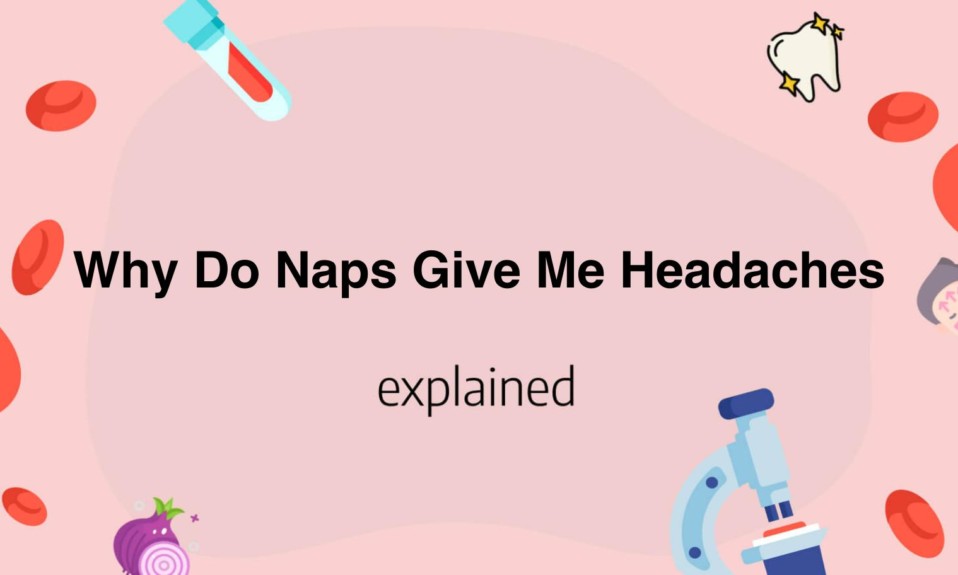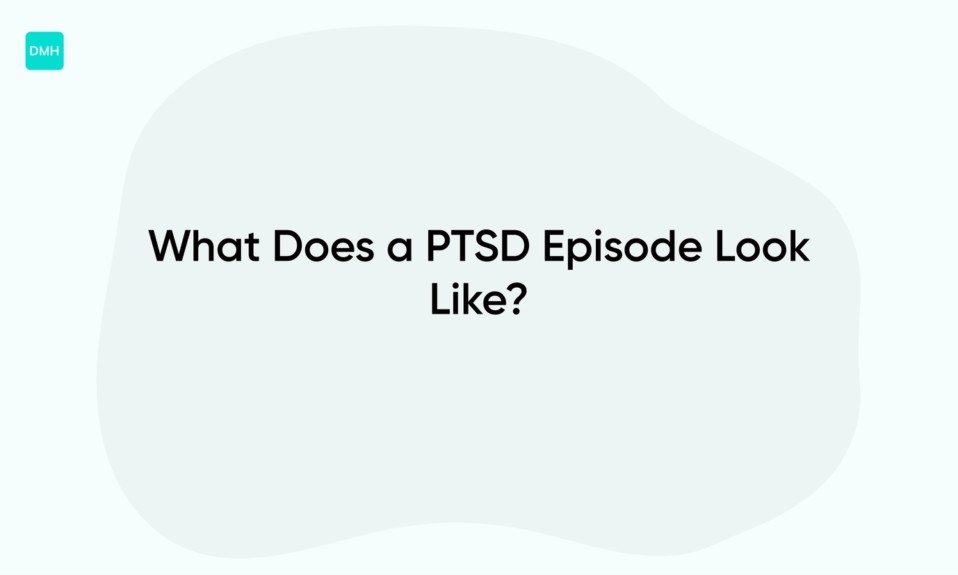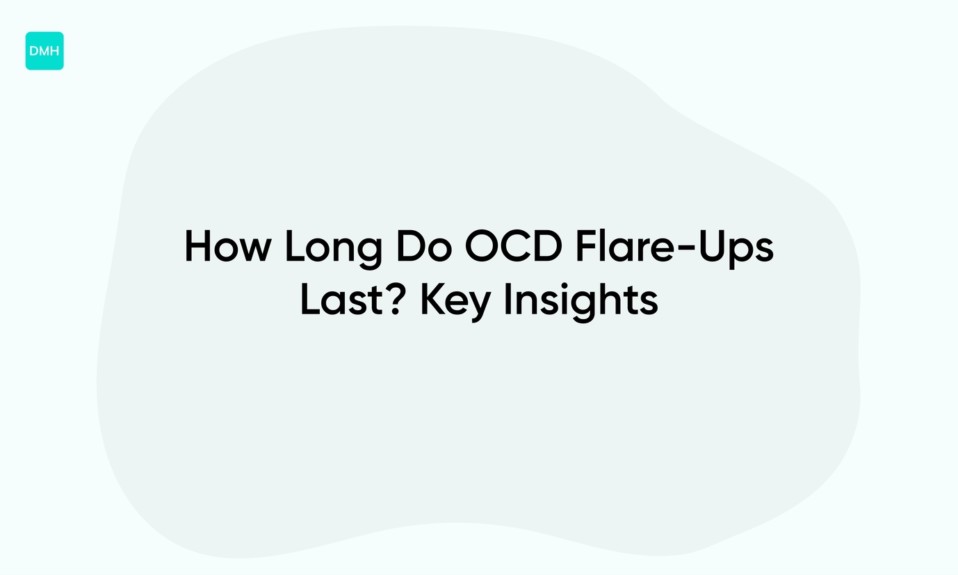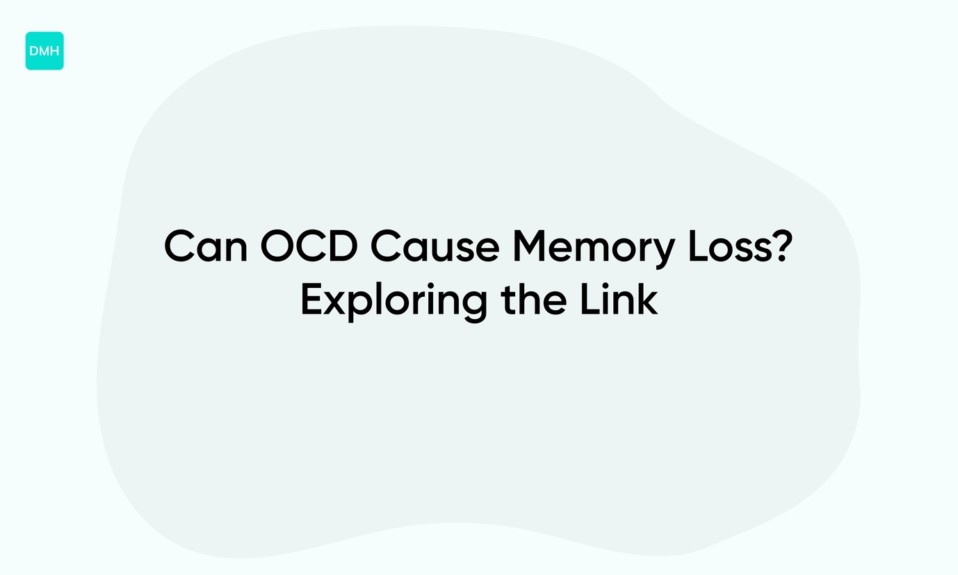If you’ve ever woken up from a midday nap with a pounding headache, you might be wondering why this happens.
While naps are often touted as beneficial for overall health and productivity, there are a few reasons why they could be causing you discomfort.
Depending on various factors such as sleep habits and underlying medical conditions, naps could be contributing to your headaches.
In this article, we will explore some of the possible reasons why do naps give me headaches and how to prevent them.
- Napping can cause headaches due to change in sleep patterns and neurotransmitter activity.
- Disrupting regular sleep patterns can alter the body’s circadian rhythms, leading to headaches.
- Naps can also cause dehydration which can trigger headaches.
- Sleep inertia, or grogginess upon waking up from a nap, can contribute to headaches due to reduced blood flow to the brain.
- Certain sleep disorders, such as sleep apnea, can cause headaches during naps as well.
Why Do Naps Give Me Headaches
Naps are refreshing, help us to recharge, and keep us alert throughout the day.
Unfortunately, some people may notice that taking a nap can trigger a headache.
The common explanation behind this phenomenon is that sleeping too much during the day can disrupt our natural sleep-wake cycle and result in circadian rhythm changes.
When we nap, our brain and body functions slow down, and we enter into a different phase of sleep, which may interfere with the quality of our regular nighttime sleep.
Furthermore, some people may be more prone to developing headaches due to napping as a result of underlying medical conditions such as migraines or tension headaches.
Another possible reason for headaches after napping is dehydration.
We might not feel thirsty while we sleep which can cause dehydration, leading to a headache when we wake up.
It is essential to drink enough water throughout the day to avoid this issue.
It is also important to note that the presence or absence of headaches after napping can vary from person to person.
For example, some people may feel more refreshed after a nap, and they experience no headaches whatsoever.
Others might notice a mild or severe headache after a nap.
Some people might experience headaches due to an underlying medical condition or stress levels and not the nap itself.
If you are someone who experiences headaches after napping, there are a few remedies you can try to alleviate the symptoms.
Keeping a consistent sleep schedule and avoiding naps longer than 30 minutes can help prevent circadian rhythm disruptions.
Additionally, spending time in natural light and avoiding caffeine and alcohol can help to alleviate headaches.
In conclusion, napping is an excellent way to recharge and improve our mood, but if it comes with a headache, you can incorporate these changes to lessen the chances of them happening regularly.

The Connection Between Naps and Headaches
is a topic that has been discussed by healthcare professionals for years.
Studies have shown that napping can both help and worsen headaches, depending on various factors.
One of the most important factors is the duration of the nap.
A short nap of 20-30 minutes can actually help reduce headaches by providing a quick energy boost.
However, napping for longer periods can disrupt the normal sleep cycle and make headaches worse.
Another important factor is the timing of the nap.
For example, taking a nap too close to bedtime can interfere with the quality of nighttime sleep, which can lead to headaches the next day.
On the other hand, taking a nap too early in the day can affect the body’s ability to fall asleep at nighttime, leading to a headache due to lack of sleep.
It is also important to consider the underlying cause of the headache when deciding whether or not to nap.
If the headache is caused by dehydration, a nap may not be the best solution, as it does not address the root cause of the problem.
Instead, drinking plenty of water and staying hydrated throughout the day can help prevent headaches from occurring in the first place.
In general, the key to napping and headaches is moderation and consistency.
Taking a short nap at the same time every day can help regulate the body’s sleep cycle, which can in turn reduce the frequency and severity of headaches.
Additionally, practicing good sleep hygiene, such as avoiding screens before bedtime and sleeping in a cool, dark room, can also help prevent headaches from occurring.
In conclusion, naps can both help and worsen headaches, depending on various factors such as duration, timing, and underlying causes.
By practicing good sleep hygiene and listening to your body’s needs, you can help reduce the frequency and severity of headaches, and potentially even prevent them altogether.
Understanding the Science of Sleep and Waking Up
Sleep is a vital function that plays a crucial role in maintaining our physical and mental health.
While we sleep, our body works hard to repair and restore itself, ensuring that we wake up feeling refreshed and ready to tackle whatever the day brings.
Unfortunately, many people struggle with getting quality sleep or waking up feeling rested.
The good news is that there are simple steps you can take to understand the science of sleep and wake up feeling refreshed every day.
One of the most important factors in achieving quality sleep is establishing a regular sleep pattern.
Going to bed and waking up at the same time every day helps regulate your body’s internal clock, ensuring that you get the full benefit of your sleep.
Additionally, creating a sleep-conducive environment can help you fall asleep faster and stay asleep longer.
This could include ensuring your bedroom is dark and quiet, using comfortable bedding, and limiting screen time before bed.
Another key aspect of understanding the science of sleep is recognizing the stages of sleep.
There are four different stages of sleep, each with its unique characteristics and corresponding brain wave patterns.
The first three stages are non-REM sleep, while the fourth stage is REM sleep.
During REM sleep, our brains are highly active, and it is the stage where we are most likely to dream.
Understanding these stages can help you better understand your sleep patterns and identify any particular issues you may be encountering.
Finally, it is essential to recognize the importance of waking up naturally.
Waking up naturally allows your body to complete its sleep cycle, ensuring that you feel fully rested and refreshed.
There are a few things you can do to help promote natural waking, such as exposing yourself to natural light soon after waking up or using a gradual light alarm clock.
In conclusion, getting quality sleep and waking up feeling refreshed is crucial for your overall health and well-being.
By understanding the science of sleep and incorporating these simple tips into your routine, you can achieve better quality sleep and wake up feeling energized and ready to tackle the day ahead.
Exploring Possible Causes of Headaches After Napping
Headaches after napping are a common and frustrating problem.
Many people believe that napping is a good way to relieve stress, but if you wake up with a headache, it can quickly ruin your day.
There are several possible causes of headaches after napping, and it is important to identify the underlying issue in order to find an effective solution.
One possible cause of headaches after napping is dehydration.
If you are not drinking enough water during the day, your body may become dehydrated, which can lead to headaches.
When you sleep, your body loses more water through sweat and breathing, which can exacerbate the problem.
To combat dehydration headaches, it is important to drink plenty of water throughout the day, and especially before taking a nap.
Another possible cause of headaches after napping is poor sleep quality.
If you are not sleeping well at night, taking a nap during the day can disrupt your sleep cycle and lead to headaches.
To improve your sleep quality, try to establish a regular bedtime routine and avoid electronic devices before bed.
Stress and tension can also cause headaches after napping.
If you are feeling stressed or tense, your body may respond with muscle tension, which can lead to headaches.
Relaxation techniques like deep breathing, meditation, or yoga can help reduce stress and relieve tension headaches.
Lastly, diet can play a role in headaches after napping.
Eating foods high in sugar, caffeine, or alcohol can trigger headaches.
To prevent these types of headaches, it is important to maintain a healthy and balanced diet.
Try to avoid sugary and caffeinated drinks, and instead opt for water and herbal tea.
In summary, if you are experiencing headaches after napping, it may be due to dehydration, poor sleep quality, stress and tension, or an unhealthy diet.
By identifying the underlying cause and making lifestyle changes, you may be able to alleviate this frustrating problem and enjoy a more restful and headache-free nap.
You’ll also like: Can Allergies Cause Diarrhea
Sleep Quality and the Risk of Post-Nap Headaches
Sleep plays a crucial role in our overall health and well-being.
It is important to get a good quality of sleep each night to function properly in our daily lives.
However, even a short nap can have negative effects on some people.
Post-nap headaches are a real phenomenon, and some people are more susceptible to them than others.
Quality of sleep and the duration of the nap can be a significant contributor to the risk of post-nap headaches.
A study conducted by the National Sleep Foundation found that those who took shorter naps of 20-30 minutes experienced fewer headaches than those who took longer naps.
It was also found that those who had good sleep quality the night before their nap were less likely to experience a headache afterward.
Therefore, it is important to prioritize good sleep hygiene habits to reduce the risk of post-nap headaches.
Another factor that can contribute to headaches after napping is dehydration.
Staying hydrated throughout the day can help prevent headaches in general, and the same applies to post-nap headaches.
Make sure to drink enough water before and after taking a nap to avoid dehydration.
To avoid post-nap headaches, it is also important to create a comfortable sleep environment.
This can include ensuring that your bedroom is cool and dark, and that you are using comfortable pillows and bedding.
Furthermore, avoiding caffeine, alcohol, and nicotine before a nap can also help reduce the likelihood of experiencing a headache.
In conclusion, getting a good quality of sleep and taking shorter naps of 20-30 minutes can help reduce the risk of experiencing post-nap headaches.
Staying hydrated and creating a comfortable sleep environment can also contribute to a better quality of sleep and a reduced risk of headaches.
By following these tips, you can ensure that your naps are beneficial and leave you feeling refreshed rather than suffering from a headache.
You’ll also like: How Long After Flu Can I Drink Alcohol
Tips for Preventing Headaches After Napping
Napping is a great way to get some rest during the day, but it can sometimes come with the side effect of getting a headache.
If you want to avoid headaches after napping, there are a few things that you can do to prevent them.
- Keep a Consistent Sleep ScheduleOne of the best ways to avoid headaches after napping is to ensure you maintain a consistent sleep schedule.
By going to bed and waking up at the same time every day, you can help regulate your body’s internal clock and avoid the grogginess that often leads to headaches.
- Perfect Your Sleeping EnvironmentAnother way to prevent headaches after napping is to create the perfect sleeping environment.
Keeping your room cool, dark, and quiet can help you fall asleep faster and stay asleep longer, preventing headaches and other sleep-related issues.
- Use a Comfortable PillowUsing a comfortable pillow can also make a big difference when it comes to avoiding headaches after napping.
Make sure your pillow supports your head and neck in a natural position, without putting unnecessary pressure on any one area.
- Drink Plenty of WaterStaying hydrated is key when it comes to preventing headaches after napping, as dehydration can often be a contributing factor.
Be sure to drink plenty of water throughout the day, particularly before and after your nap.
- Take a Short WalkTaking a short walk after your nap can also be a great way to prevent headaches.
Moving your body can get your blood flowing and oxygen levels up, preventing that groggy, headache-inducing feeling.
By following these simple tips, you can avoid headaches after napping and enjoy the benefits of daytime rest.
You’ll also like:










